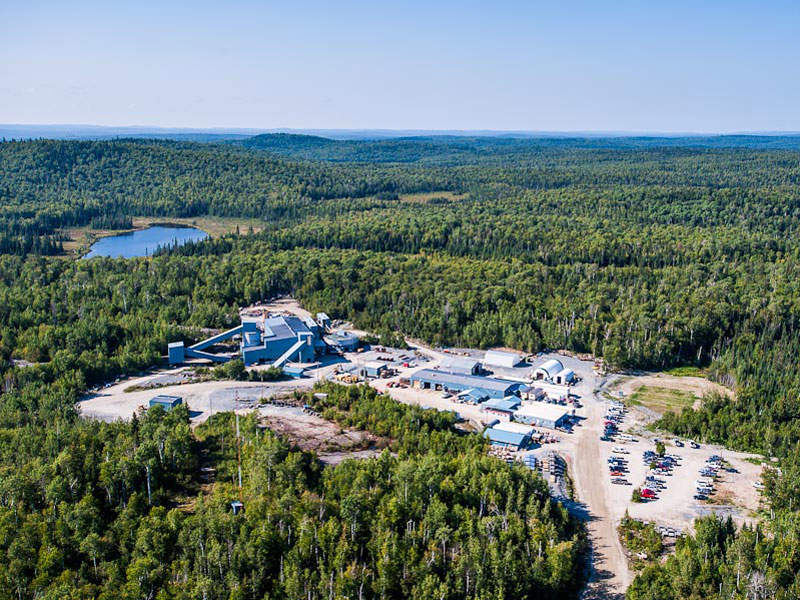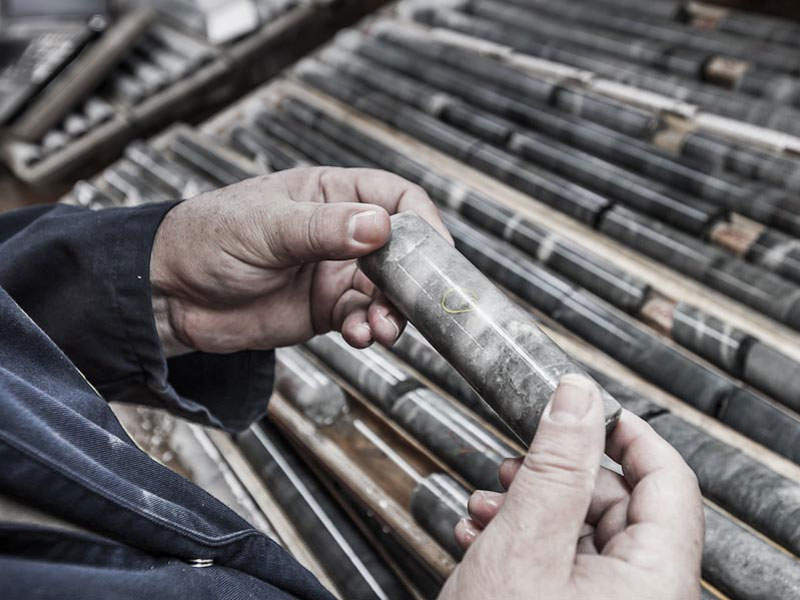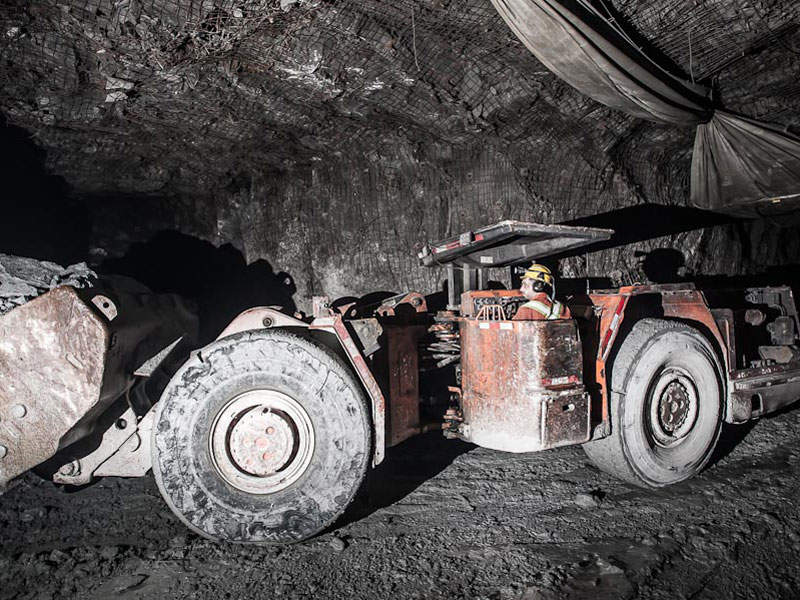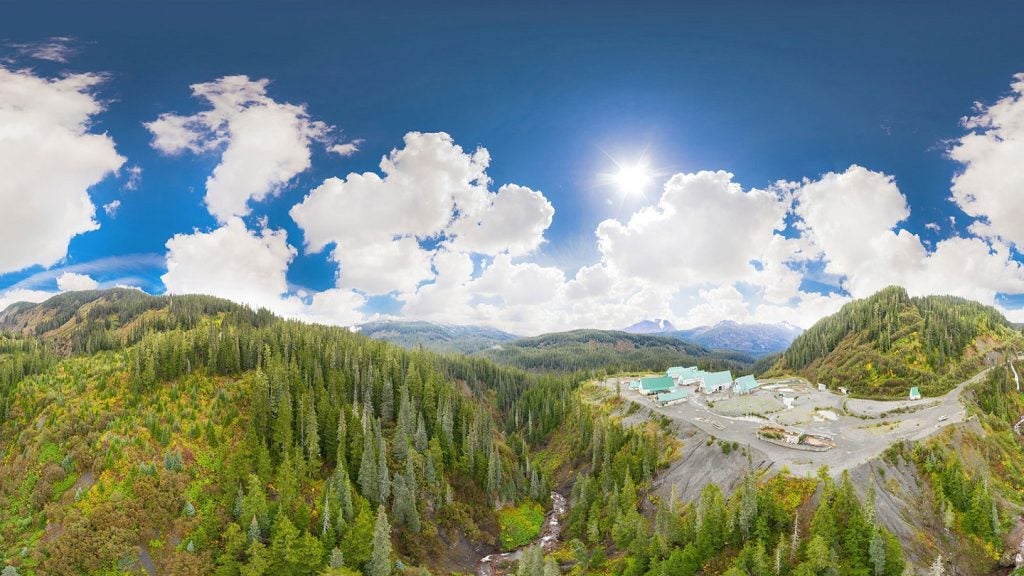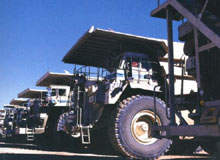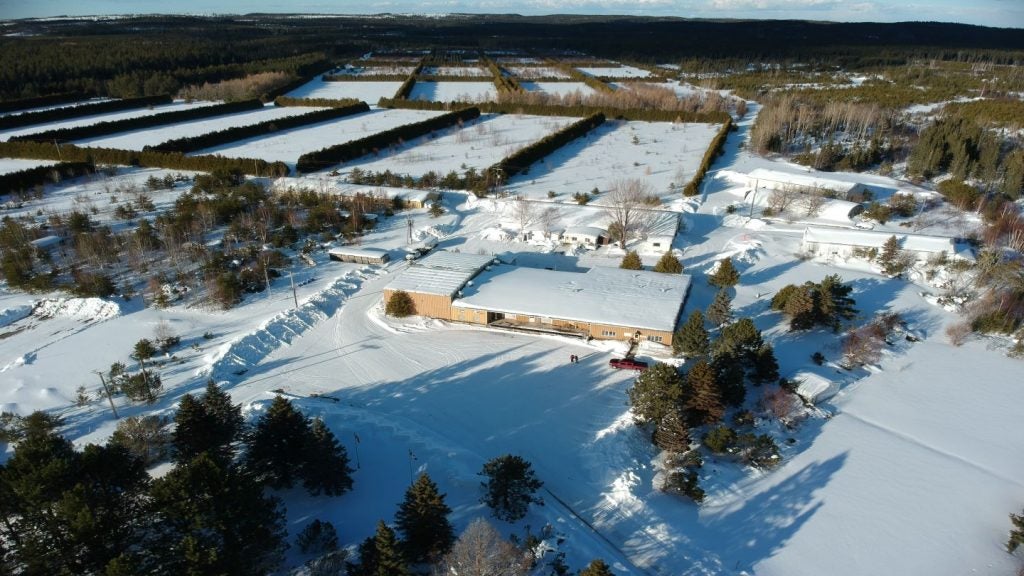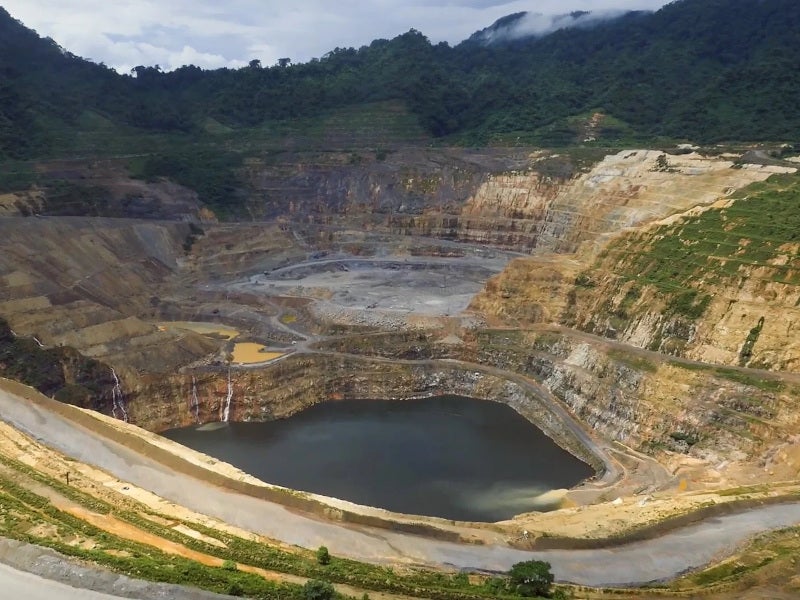The Island Gold Mine is an underground gold mine located 83km north-east of Wawa in Ontario, Canada. Owned and operated by Richmont Mines, the mine started commercial production in 2007.
Richmont Mines is currently conducting an expansion case preliminary economic assessment (PEA), which is considering only the most contiguous portion of the gold mine with resources located between depths of 450m and 1,000m.
To be completed in the first half of 2017, the study will consider the potential for increasing the mining and processing rate to 1,100 tonnes per day (tpd) from the current 900tpd. The expansion case PEA is considering a minimum projected mine life of seven years.
Expansion details of Island Gold mine
A PEA for a portion of the deeper resources of the Island Gold mine was conducted in 2015 to evaluate a feasible and cost-effective method to explore the high-grade resources and to evaluate the potential for production expansion.
Phase one of the assessment considered the development and extraction of reserves at depths between 450m and 860m over three long-hole mining zones. The study estimates that the mine has the potential to produce approximately 78,000oz of gold a year.
The average production estimated by the study from 2017 to 2022 is 800tpd at an expected average diluted mined grade of 8.67g/t. The potential to increase the processing rate to 1,150tpd was also considered during this phase.
The ongoing expansion case PEA is evaluating a cost-effective plan to mine the most contiguous portion of the resources located between 450m and 1,000m over four mining horizons. The study incorporates 2016 year-end resource estimates and considers a base case production rate of 900tpd in 2017, progressively increasing to 1,100tpa by the end of 2018.
Island gold mine geology and mineralisation
Located in the Michipicoten Greenstone Belt, the Island Gold project is positioned in the upper portion of the Wawa Assemblage, which is composed of intermediate to felsic volcanic rocks covered by pyrite-bearing iron formations.
Occuring in narrow, subparallel quartz veins, gold mineralisation is controlled by the Goudreau Lake Deformation Zone (GLDZ) and found in different rock types and geologic settings.
Reserves
As of December 2015, the Island Gold mine (below 400m) is estimated to contain 1,770,500t of proven and probable gold reserves graded at 8.52g/t and containing 76,700oz of gold.
Measured and indicated resources are estimated at 105,500t graded at 5.20g/t and containing 17,650oz of gold. Inferred resources are estimated at 2,402,500t graded at 8.67g/t and containing 669,350oz of gold.
Mining at Island Gold project
The Island underground gold mine has been mined using longitudinal long-hole retreat mining or modified avoca mining method, as it is considered as the most productive and economic option.
The drilling technique involves drilling a series of vertical holes in the ore from one level to the other and then blasting the ore in vertical slices.
A new dual ramp system to access the deeper resources of the mine has been proposed in the PEA. A main ramp is currently being developed to a depth of 860m. The ramp will support the production from multiple stopes, reducing the cycle times.
The eastern section of the ramp system in the third mining horizon will be completed in Q1 2017, following which the accelerated development of western section of the ramp will be initiated for completion by the second half of 2018.
Processing at the Canadian gold mine
The ore processing at the plant comprises ore crushing, grinding, leaching and electro wining. The mined ore is crushed by a jaw crusher and sent to a primary ball mill. Gold is then leached in a leaching circuit and extracted in a carbon-in-pulp (CIP) circuit, following which it is sent through a carbon regeneration kiln for the removal of loaded carbon by stripping, followed by electro wining.
The solution produced from the elution process is sent to the electrowinning cells for the precipitation of gold in a gold sludge. The gold sludge is then dried, melted and poured into gold bars.
The processing plant has been upgraded to achieve the current capacity of 900tpa. Minor improvements will further be made to optimise the operations and improve the mechanical and electrical availability at the plant to accommodate the expansion.
Island Gold mine infrastructure
The project can be accessed through a four-season road from Highway 519. The water for mining and other operations is sourced from Maskinonge lake, the tailing management facility, which comprises a primary and secondary pond.
The project site is connected to the provincial power grid, which receives electricity from Algoma Power.
Other facilities include a tailings pond, settling pond, the 900tpd Kremzar mill and hydro-electric power lines, office buildings, core logging and storage facility and a mine dry.
Contractors involved
The expansion case PEA is being developed by Richmont’s internal team in association with the independent mining and exploration consulting firms, InnovExplo and Soutex, who also conducted the PEA.

